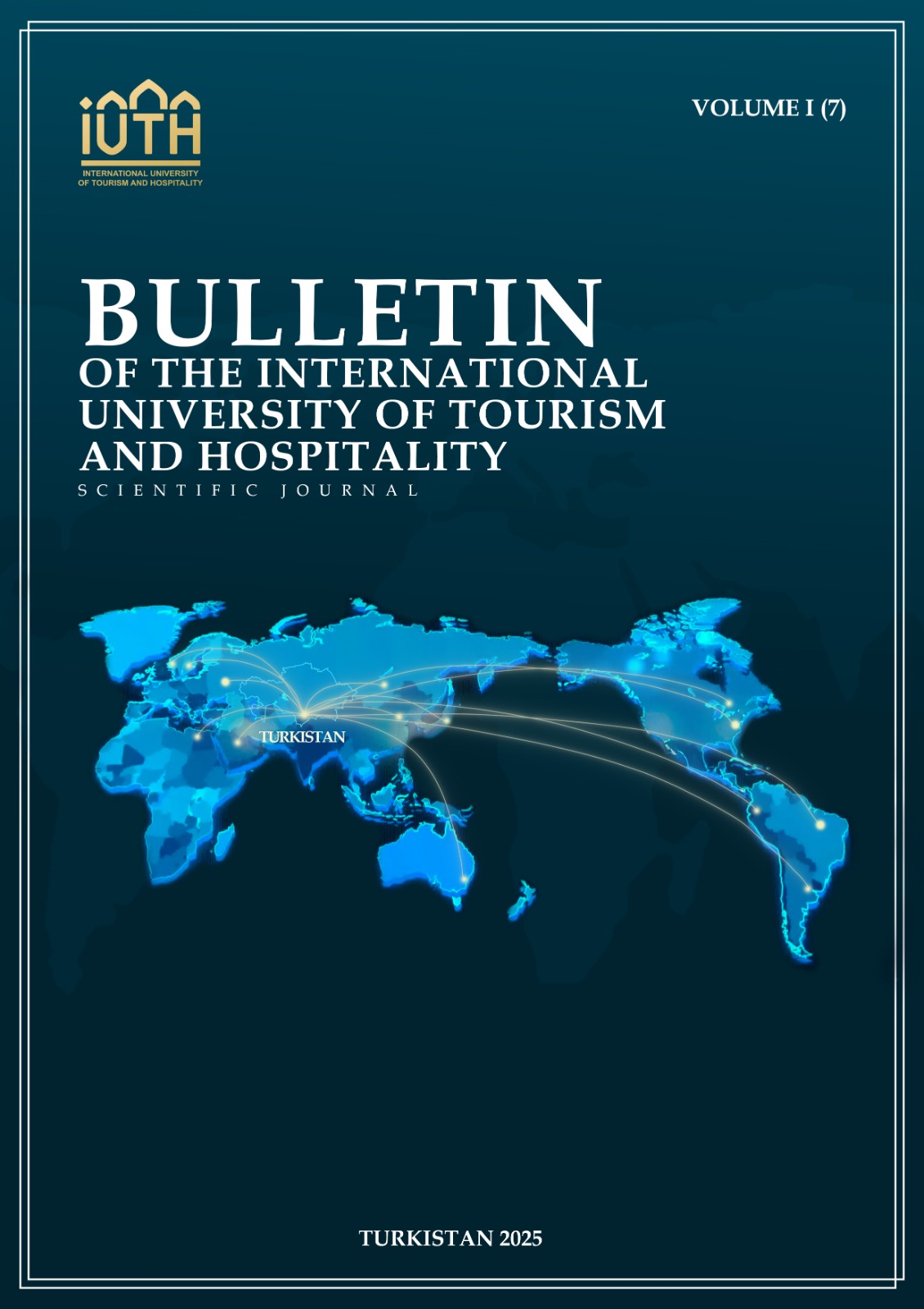THE TOURIST POTENTIAL OF THE HISTORICAL AND CULTURAL LANDSCAPE OF LAKE ALAKOL
Keywords:
Lake Alakol, cultural landscape, historical tourism, East Kazakhstan, sustainable tourism, historical potential, regional developmentAbstract
This study explores the historical and cultural landscape potential of Lake Alakol, a unique natural and recreational site in Eastern Kazakhstan. Known for its healing mineral waters and scenic beauty, Alakol has become a center of rapid growth in domestic tourism. However, its rich cultural heritage, including connections to the Great Silk Road, nomadic traditions, folklore, and sacred practices, remains underrepresented in tourism strategies. Using a mixed-method approach that combines literature analysis, statistical data, field research, and interviews with local residents and visitors, this paper identifies both opportunities and constraints in developing cultural and sustainable tourism around the lake. The findings show that while tourism infrastructure has significantly expanded, the integration of cultural and historical content into tourism products is still minimal.
Comparisons with similar destinations such as Issyk-Kul (Kyrgyzstan), Lake Baikal (Russia), and Lake Balaton (Hungary) demonstrate that Alakol has strong potential to attract not only domestic but also international tourists. Recommendations include the development of cultural routes, multilingual accessibility, community-led initiatives, and environmentally sustainable practices. By combining economic growth with cultural identity, Lake Alakol can become not only a leading health resort, but also a cultural landmark of Central Asia.


